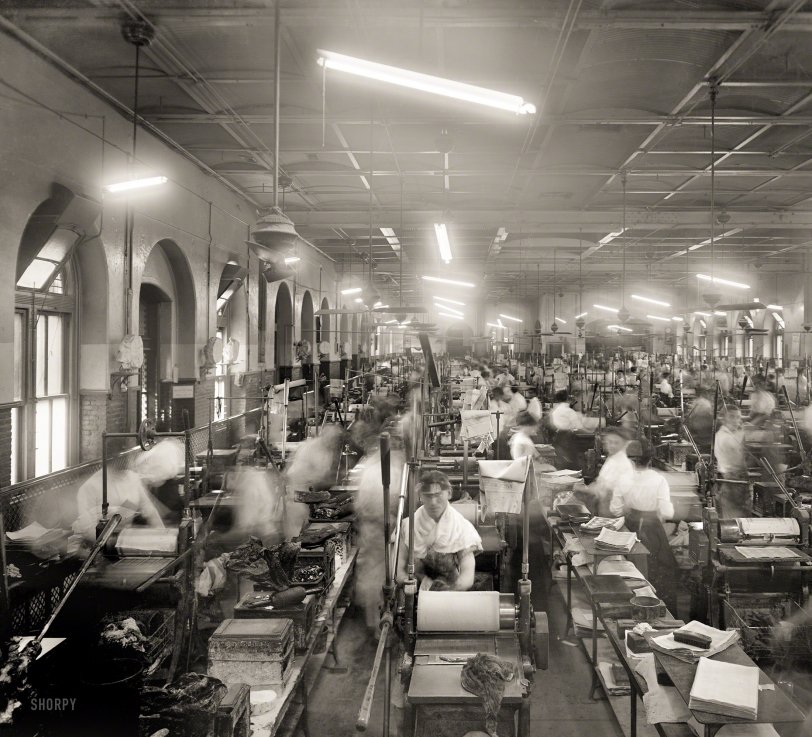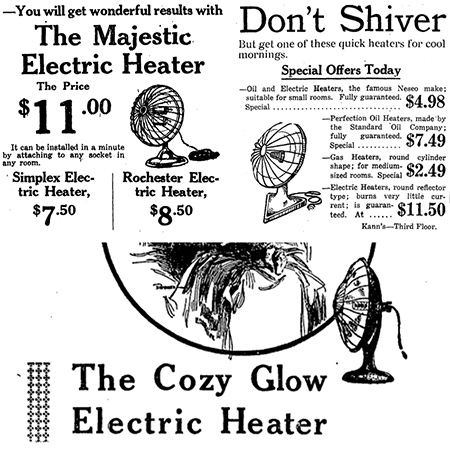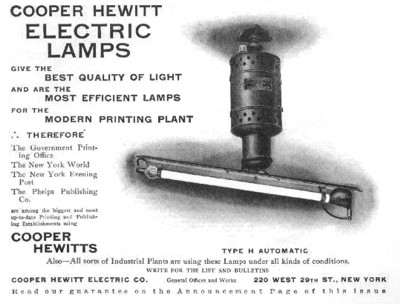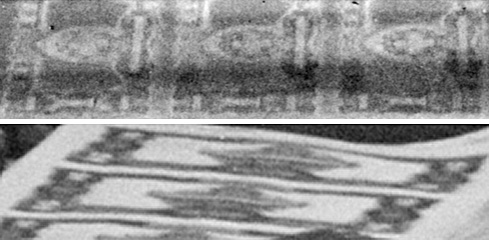


Framed or unframed, desk size to sofa size, printed by us in Arizona and Alabama since 2007. Explore now.
Shorpy is funded by you. Patreon contributors get an ad-free experience.
Learn more.

- Tough Guys
- Lost in Toyland
- And without gloves
- If I were a blindfolded time traveler
- Smoke Consumer Also Cooks
- Oh that stove!
- Possibly still there?
- What?!?
- $100 Reward
- Freeze Frame
- Texas Flyer wanted
- Just a Year Too Soon
- WWII -- Replacing men with women at the railroad crossing.
- Yes, Icing
- You kids drive me nuts!
- NOT An Easy Job
- I wonder
- Just add window boxes
- Icing Platform?
- Indiana Harbor Belt abides
- Freezing haze
- Corrections (for those who care)
- C&NW at Nelson
- Fallen Flags
- A dangerous job made worse
- Water Stop
- Passenger trains have right of way over freights?
- Coal
- Never ceases to amaze me.
- Still chuggin' (in model form)
Print Emporium
Making Money: 1912

Washington, D.C., circa 1912. "Employees at printing presses, Bureau of Engraving and Printing." Harris & Ewing Collection glass negative. View full size.
Probably Paper Dust Galore, Too
I notice none of the ceiling fans are running, so I think it must be a cooler season. I imagine the oscillating fans mounted near the windows are covered to prevent them from collecting the horrible amount of paper dust that can generally be found around printing presses and guillotine cutters. When the fans are in use, they'd probably blow the dust away from themselves, but when they're idle, it'd collect, creating a nice little fire hazard. (I know two people whose homes burned to the ground as a result of fires in fans.)
As to why wall fans when you have ceiling fans, I'd imagine it's to get some cross-flow ventilation from those windows, perhaps drawing from the shady north side. Ceiling fans are alright for additional air movement nowadays with our central AC, but in those days, I think you'd want a bit more.
[You'd have better reason to wrap something with heating coils, as anyone switching on an electric heater at the start of the heating season can attest -- dust burns. - Dave]

Cooper-Hewitt lights
I've actually seen working lights of this type that were installed in an old home that was being renovated.
They gave off the blue-greenish light, as was stated before.
The lights I saw were not the automatic starting ones. You had to physically tilt the bulb to get the mercury to flow the length of the lamp so it would light.
A Good Day's Work
At least the folks in this photo could say they made a lot of money that day.
This looks medieval.
Today's presses are a far cry from this literal sweatshop.
200 Cents' Worth
This page of two-dollar banknotes reveals some of the bills here to be Series 1899 $2 silver certificates, a design that was used until 1917. The printing plates blown up by tterrace are for the $1 silver certs.

Legal Tender
Thanks tterrace for the close ups of the plates and reverse. Can anyone supply a pic of the bills themselves? A look through Google images using "1912 US $5 bill" yielded interesting paper money but nothing I thought was close. I did not research exactly what series (or type of currency) would be printing at the Bureau in 1912.
I have always had a fascination with US paper money above the usual everyone has. The designs and issues back in the day are just plain interesting and were works of messaged art. Plus they seemed to change with some regularity. God help us if we tried that nowadays, people wouldn't comprehend it.
That reminds me I need to dust off a few of my GWB $43 bills and spend them at the convenience store.
[The designs of U.S. paper currency have been undergoing drastic changes almost annually for the past few years. Maybe no one notices much because we hardly use it anymore. - Dave]
Lighting
The lighting in this shop has me puzzled.
Looks like fluorescent, but they weren't really available until well into the 30's. Could be neon, but they're pretty bright, and neon wasn't really practical until the 20's.
So, what are those bar lights?!?
[As noted below by Bigguy, they are mercury discharge lamps, like the ones seen here and here. Below: ad from 1908. - Dave]

The Blur test
Anyone whose face is recognizable is moving too slowly.
Print jobs
Front reverse printing plate of something and printed reverse of something.

De-Lighted?
Fluorescent Lamps were not commercially available until the end of the 1920's - the lights here must be Mercury-Vapor lamps, invented in 1901 by Peter Cooper-Hewitt, they were more efficient than incandescent lights but gave off a blue-green glow, and were more suited to photography and industry, according to Wikipedia.
Fans Galore
A very busy and messy place with rags lying everywhere and a mixture of men and women doing the work. But I am puzzled by the covered things next to every window. They appear to be electric fans.
But why would you have fans near the windows when you have so many already at the ceiling? And why would you have to cover them? Just not turning them on would keep them from blowing all the work around.
























On Shorpy:
Today’s Top 5